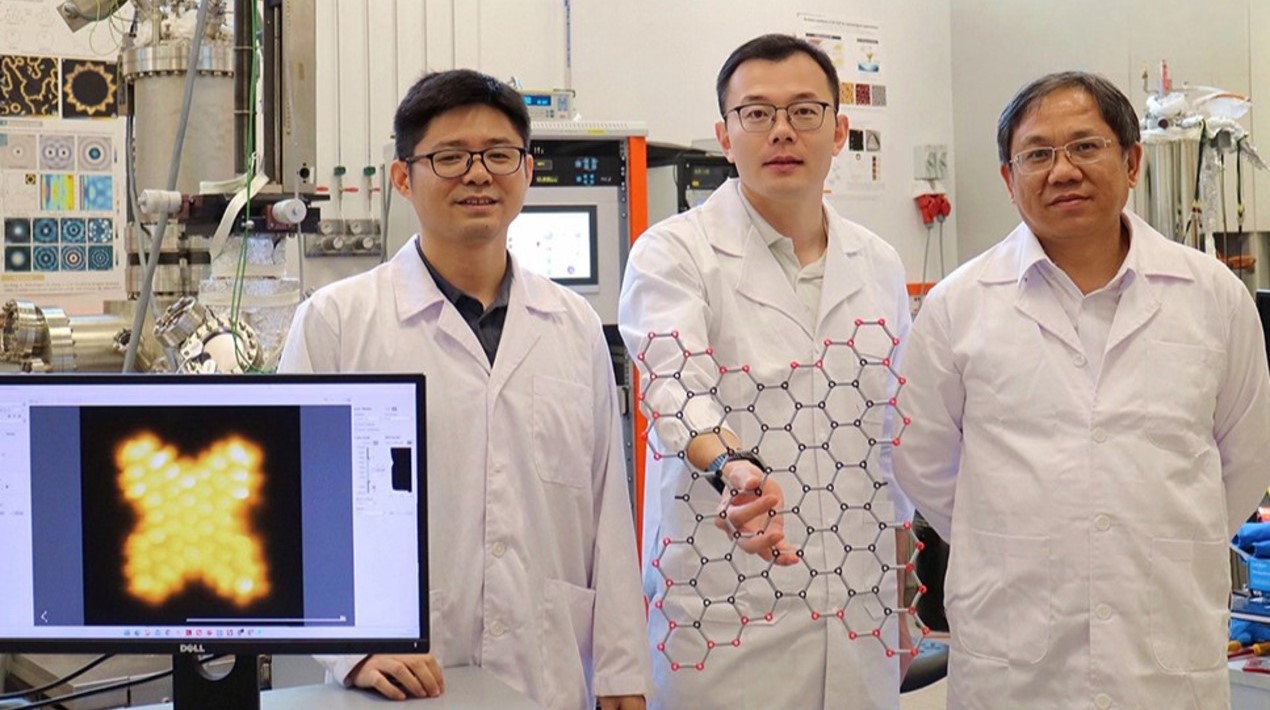
The Government Technology Agency of Singapore – GovTech and Singapore bank DBS has partnered to pilot the use of the SingPass face verification technology with the aim of speeding up the digital banking registration process.
The face verification technology developed by GovTech enables Singaporean citizens and permanent residents to sign up for DBS’ digital banking services to activate their accounts by using a photo of themselves or in other words a ‘selfie’.
DBS Bank is the first in the private-sector to pilot the service, which is integrated into its digibank app.
In a release on 29 July 2020, DBS and Government Technology Agency of Singapore said the pilot programme aims to benefit more than 1 million DBS customers who are SingPass holders and do not use digital banking services.
“Amid one of the greatest disruptions ever witnessed in our time, we are more cognisant than ever about the importance of leveraging digital technology to quickly serve up solutions that benefit the wider public. In line with Singapore’s Smart Nation agenda, we have been introducing innovative digital solutions over the years that provide easier, more seamless ways to bank. Together with GovTech Singapore, we aim to support those who are journeying into digital banking for the first time, and to help foster resilient digital habits that will last for years to come,” said Jeremy Soo, Head of Consumer Banking Group (Singapore) at DBS Bank.
SingPass Face Verification’s launch, with DBS as its first use case, follows a successful trial earlier this month with over 100 seniors and students from ITE College West.
SingPass Face Verification to access bank services
Bank account holders can scan their faces on their phones to apply for an online banking account with the launch of a national facial identification service. The captured facial image will be matched against the national biometric database. Once the match is successful, DBS will send an SMS to the user’s register mobile number for verification.
This database contains the facial images and identities of four million local residents aged 15 years and above, captured through applications for passports and NRICs.
So far, the facial recognition technology has been limited to official purposes, including verification at border checkpoints and in some government buildings to limit access rights.
SingPass Face Verification takes the mobile service forward by matching the captured facial image against the Government’s biometric database. This step allows for greater ease of verifying high-risk online transactions.
Users reported facial verification to be more convenient as they do not need to remember their PIN or use their ATM, credit or debit card to complete the registration process.
SingPass Face Verification technology to sign up for other products and services in 2020
DBS customers will also be able to use the SingPass Face Verification technology to sign up for other products and services by the end of 2020.
The feature is also being piloted in view of significant consumer shifts towards digital services, coupled with the steady rise of mobile and smartphone usage among Singaporeans, where smartphone penetration is expected to reach 80 percent of the population by 2022.
By the end of 2019, the bank noted that the number of customers who had been conducting their banking needs solely via mobile on the bank’s mobile banking app, DBS digibank, almost doubled from 2017 to 2019.
Almost one million DBS customers today are independent digital banking users, which means that they are active on the bank’s digital banking platforms, and have gone more than a year without visiting a bank branch or calling the bank’s contact centre for assistance.
During Covid-19, more seniors have been turning to digital banking to meet their banking needs – the number of seniors who used digital banking in April and May 2020 more than tripled compared to the same period last year.
















